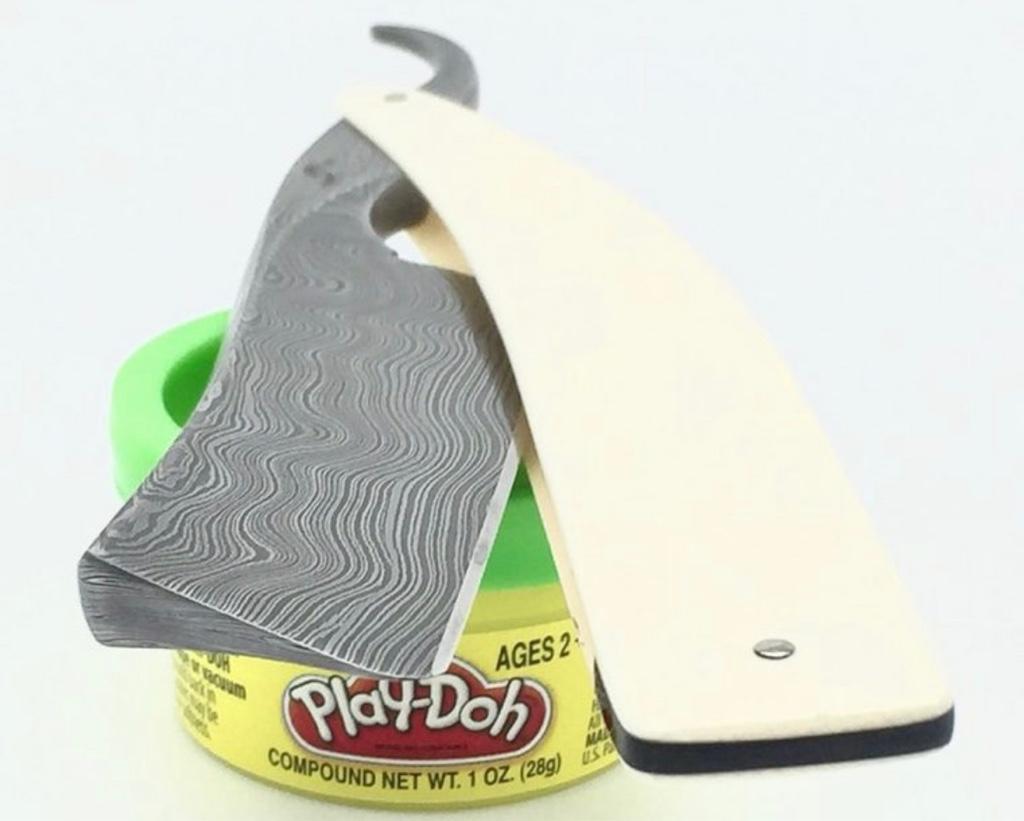Because if you use 2 different steels they heat treat differently and will wear differently.A Damascus edge will not necessarily be toothy, why would it be?
What type of steel did they use on your seven razors?None of 7 Damascus Blades I have are "Toothy". Some just take more time to hone.
